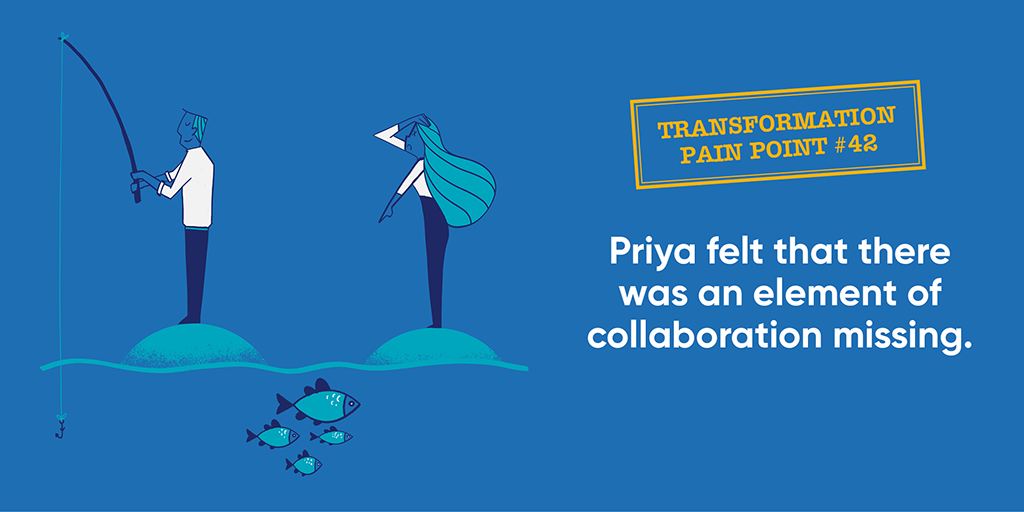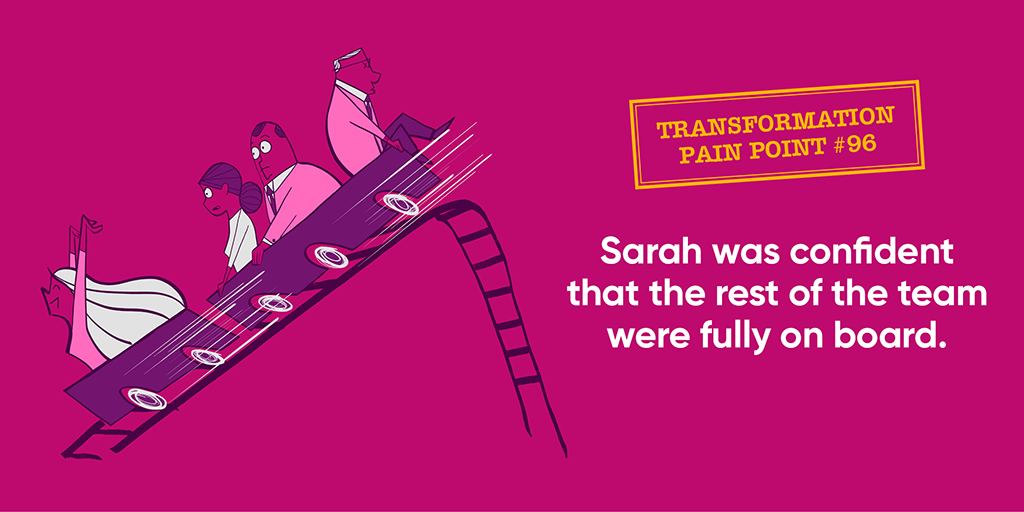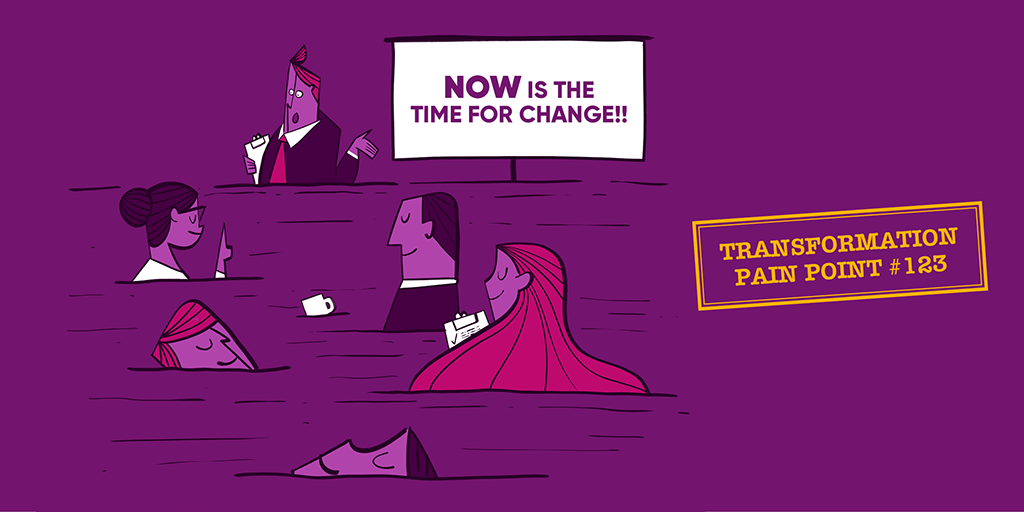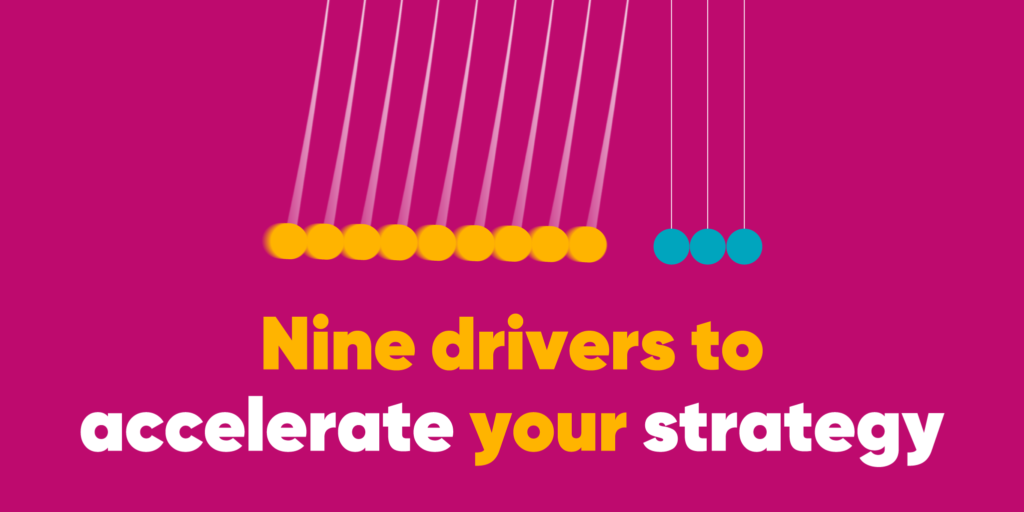Insight article

Fostering effective collaboration
Transformation pain point no. 42
We are often called in to support significant transformations at the point when newly formed teams are established. A critical challenge (probably no 42 in a long list!) is to ensure effective collaboration among the group. As people – often from different units across the organisation – come together to drive the transformation agenda, integrating diverse skill sets and personalities can become a significant pain point.
Common challenges:
Siloed mindsets: Team members may remain fixated on their individual roles and fail to grasp the interconnectedness of their work with that of other team members.
Cultural barriers: People from different backgrounds may face challenges in understanding and accepting each other’s work methodologies and communication styles.
Resistance to change: Employees may show resistance to adapting to different work practices, hindering the progress of the transformation project.
How storytelling fosters collaboration
Storytelling is an ancient art form deeply embedded in human culture that possesses a unique ability to evoke emotional responses and establish profound connections. The glue that binds individuals together isn’t just the alignment of goals and objectives, but the collective narrative that shapes their shared journey and nurtures a sense of identity within the team.
Key storytelling tools:
- Create a shared vision for the transformation objectives – a clear reason why this is happening and sense of purpose that gives everyone a reason to care.
- Involve perspectives from the team to ensure the story is authentic and relatable for all. When every team member’s narrative is valued and acknowledged, a sense of belonging permeates the group, encouraging active participation and a willingness to contribute towards shared objectives.
- Celebrate what people are already proud of at the outset, building a sense of worth that necessary changes are building on previous contributions.
- Acknowledge the challenges the team needs to overcome together – by facing a common jeopardy a sense of collective endeavour is quickly built.
- Use the story as a vehicle to empower individuals and teams to explore how they use their specific expertise and skills to innovate and contribute, and how they should change their behaviour to achieve each milestone in the project plan and deliver the shared vision.
- Encourage the sharing of stories of success and learning amongst the team – as narratives unfold, common threads often emerge, allowing individuals to recognise shared values, aspirations, and challenges and feel recognition for their contribution to the success of the strategy.
For newly formed teams, harnessing the psychological potency of storytelling serves as a dynamic catalyst, fostering collaboration, empathy, and a shared sense of purpose, effectively becoming a vehicle for nurturing a collective identity.
As narratives unfold, common threads often emerge, allowing individuals to recognise shared values, aspirations, and challenges. Through the identification of these commonalities, people are propelled towards a unified goal, transcending their individual objectives to embrace a collective purpose. This shared purpose becomes the cornerstone upon which collaboration thrives, paving the way for enhanced productivity and cohesive teamwork.




